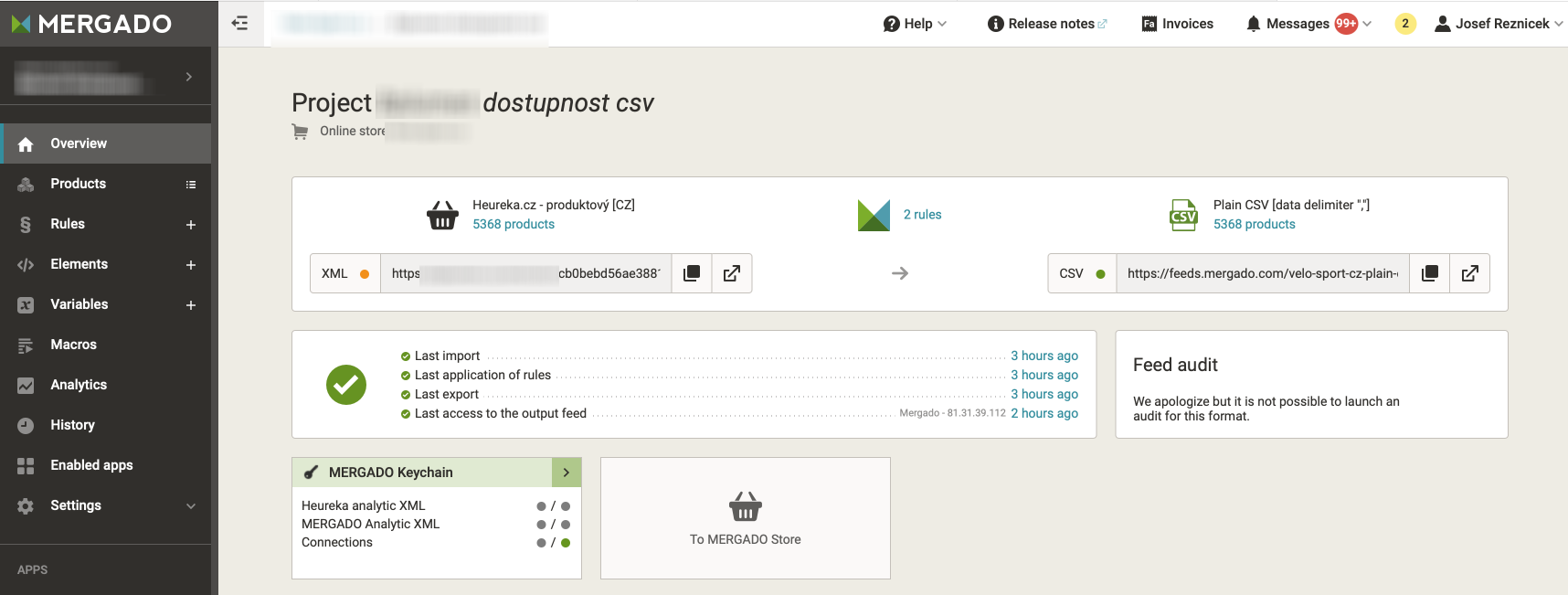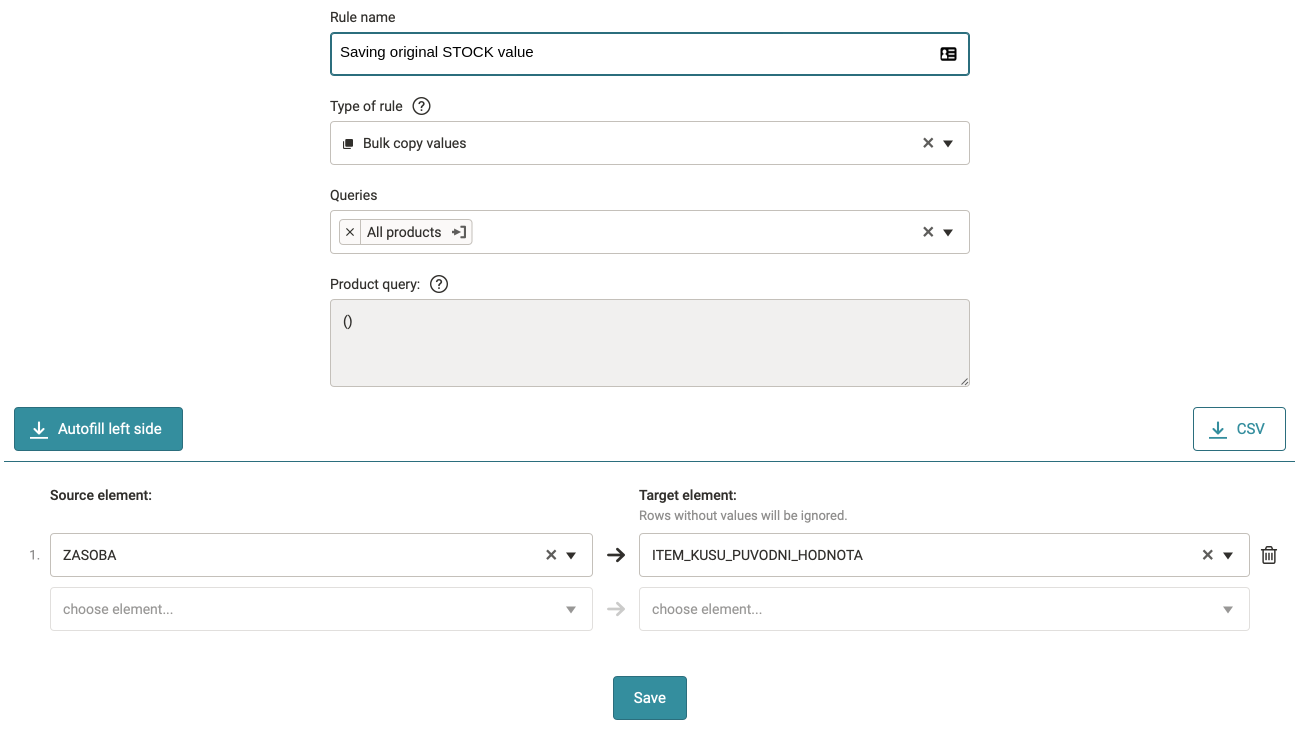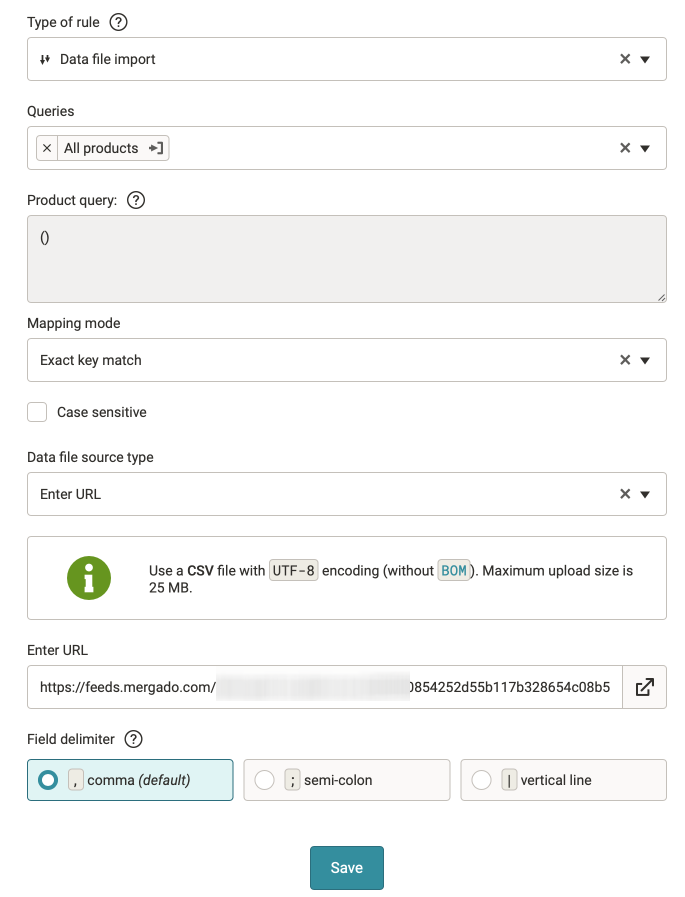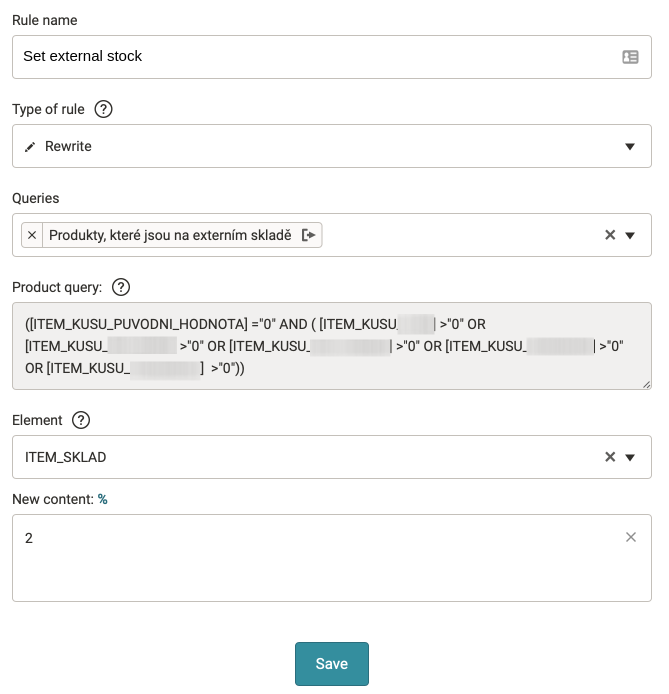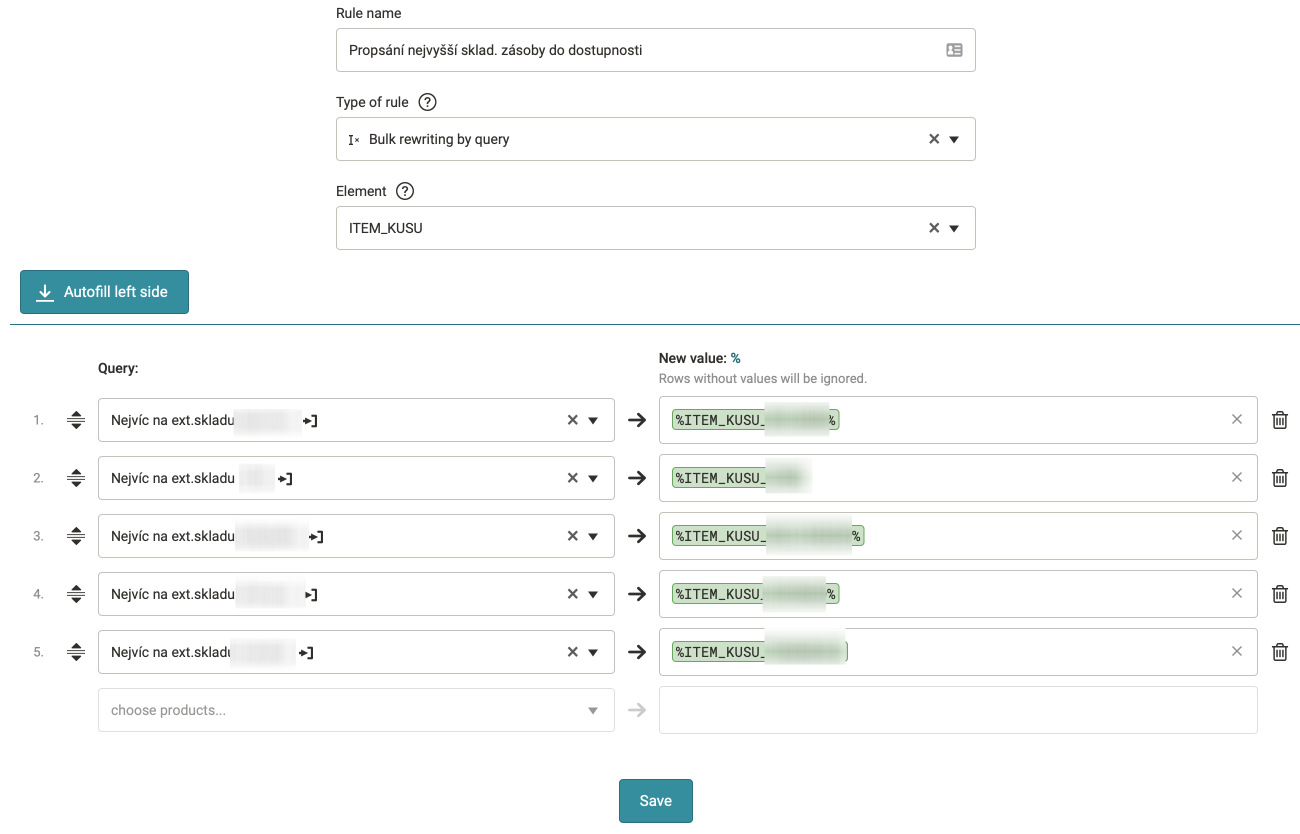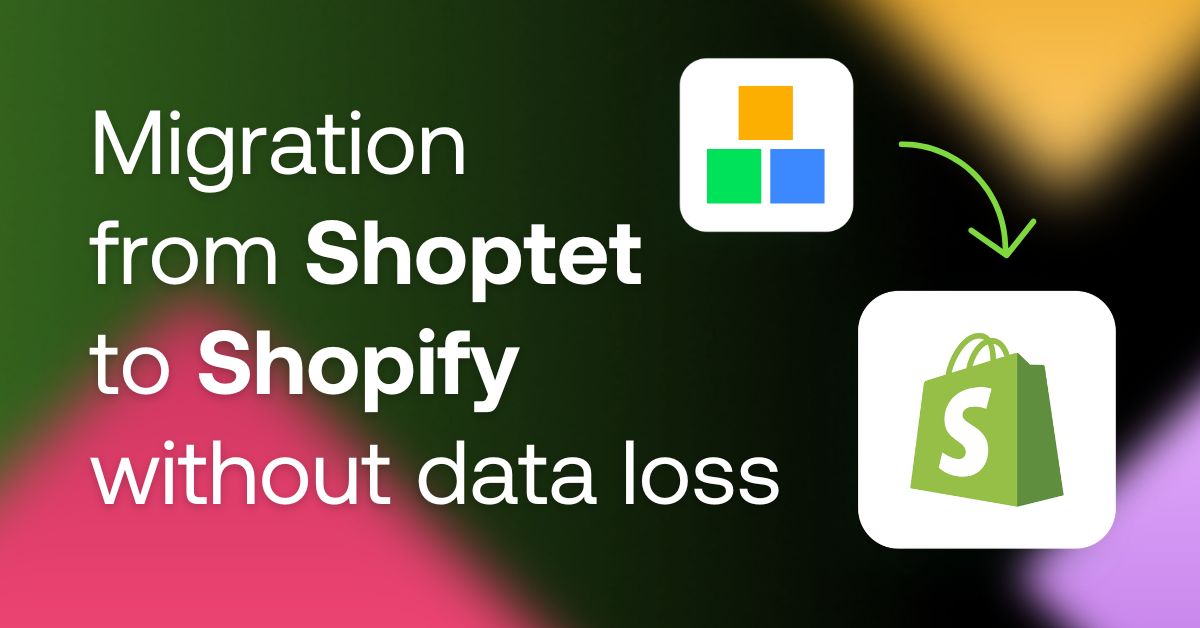Many online stores want to combine their own stock with stock in external suppliers’ warehouses. If you have goods in your own stock, you always want to show that there are products in stock for immediate dispatch. But showing the customer real-time information about your suppliers’ stock, and changing the availability and delivery date accordingly, is not something most retailers can set up. However, it is relatively easy to set everything up using MERGADO.
Modify feed to display stock availability of different suppliers


Many online stores want to combine their own stock with stock in external suppliers’ warehouses. If you have goods in your own stock, you always want to show that there are products in stock for immediate dispatch. But showing the customer real-time information about your suppliers’ stock, and changing the availability and delivery date accordingly, is not something most retailers can set up.
Such a modification of the availability feed can increase your online store’s credibility, offer your customers realistic delivery dates, sell more, and most importantly, automate everything.
You can proceed as we did successfully for one of our clients selling cycling accessories, for example. Let’s take a look at the MERGADO setup, which allows you to correctly display the availability of products in your online store according to the current stock at your store and your suppliers.
XML availability feeds from suppliers are the basis
As input information, we will need XML availability feeds from suppliers. Since in our case the client has a total of 5 different product suppliers, we have obtained XML output of products and inventory from each of them. We put this as individual exports into MERGADO, with the supplier’s XML feed as input and CSV as output.
Modification of the original availability feed
Once we have prepared XML feeds with products and stock from different suppliers as separate exports with CSV output, we can modify the current availability feed for our online store based on this data.
1. Own stock products have priority
If the online store has a product in its own warehouse, we always want to show our stock on the product card, not that it is in stock at the supplier. That’s why we created a new ITEM_STOCK element, which tells us what stock to prefer for the product. A value of 1 means our own stock, a value of 2 means an external stock from one of our suppliers. This value then tells the final online store how fast the online store can deliver the product (when delivered from the supplier’s external warehouse, the delivery is 2 days longer).
At the same time, we record how many units of the product are in stock in another new variable, ITEM_KUSU_DELIVERY_VALUE. We deliberately separate the information from the STOCK element, which can be overwritten in the process.
2. For products that we do not have in stock, we specify which supplier has it in stock
We will create new elements in the feed to record stock for different suppliers:
- ITEM_KUSU_DODAVATEL1
- ITEM_KUSU_DODAVATEL2
- ITEM_KUSU_DODAVATEL3
- ITEM_KUSU_DODAVATEL4
- ITEM_KUSU_DODAVATEL5
We reset these to zero at the beginning of the rule, so that we always write the current stock availability to the feed with each export.
Next, we paired the CSV outputs with product availability information from each supplier using the Data file import rule type with similar rules:
The key for pairing was the product number or EAN, alternatively the product name. As the URL of the source data file, we inserted the output address of the availability feeds from the suppliers that we prepared in the previous step.
For all products that we don’t have in our own stock but one of the suppliers has them, we set the ITEM_SKLAD value to 2 (goods in external stock):
3. For products in the supplier’s stock, we will write back to the stock the new number of items in stock
We then compared the stock levels of each warehouse and created a query of products for each supplier that they have the most in stock of all suppliers. The query for supplier 1 looks like this:
[ITEM_KUSU_PUVODNI_HODNOTA] = "0" AND [ITEM_KUSU_DODAVATEL1] > "0" AND [ITEM_KUSU_DODAVATEL1] >= [ITEM_KUSU_DODAVATEL2] AND [ITEM_KUSU_DODAVATEL1] >= [ITEM_KUSU_DODAVATEL3] AND [ITEM_KUSU_DODAVATEL1] >= [ITEM_KUSU_DODAVATEL4] AND [ITEM_KUSU_DODAVATEL1] >= [ITEM_KUSU_DODAVATEL5] As the client has five suppliers in our case, it is necessary to prepare a similar query for each supplier.
When we know which supplier has the highest stock, we used the Bulk rewriting by query rule to overwrite the stock in the STOCK element:
4. We will offer the modified availability feed to the online store
We will offer such a modified feed with inventory to the online store solution. In our case, we connected to eshop-rychle.cz. We agreed with the support what element of the XML feed contains information about what stock should be displayed for the product (ITEM_STOCK) and how many products are in stock (STOCK).
MERGADO then regularly downloads current availability statistics from suppliers several times a day, automatically matches products with those offered on the online store and determines if and in what quantity the supplier has the product in stock.
This enables the online store to display up-to-date availability and quantity information and increase credibility in the eyes of the customer, who can see the actual availability (3 working days in the case of an external warehouse) and the number of items in stock, instead of the previous unattractive “Out of stock, availability on request” availability that overwhelmed customer support and discouraged purchases.
Customize the mechanism and rules
Everyone will have slightly different situations, suppliers, delivery dates and e‑commerce options to adapt to. You can take this process as an inspiration and modify it to suit your needs. Alternatively, feel free to contact us, the Včeliště Marketing Agency, which is a certified MERGADO partner. We will be happy to set up a similar system for you, link data from different suppliers and automatically process it into the required format.
This article was written in cooperation with the Včeliště agency and its founder and marketer Josef Řezníček.
Read more:

Veronika Kusalíková
A copywriter and content specialist Veronika is in charge of the English content and communication. She spreads the word about Mergado and e‑commerce on our blog and social media. After she shuts her computer down, you can catch her knitting a sweater, strolling around second-hand shops or traveling.



